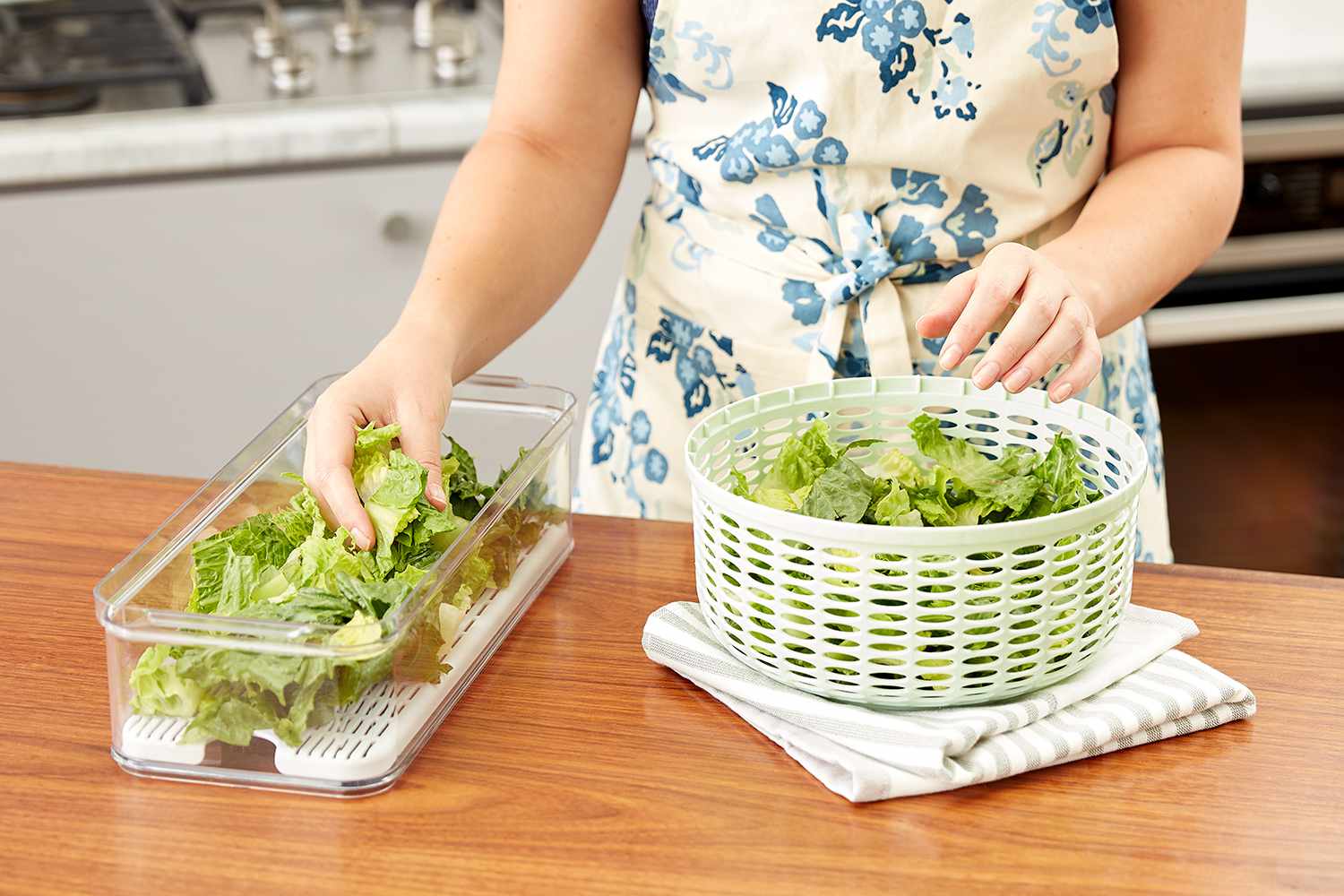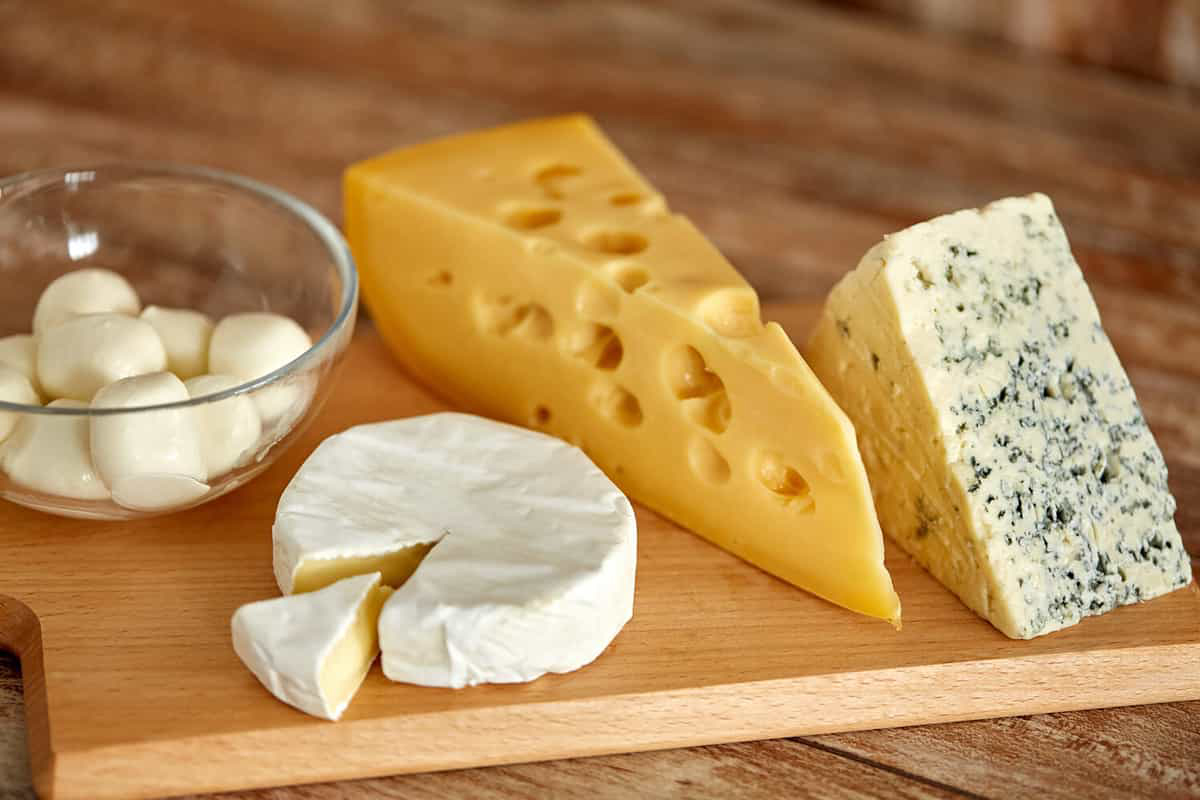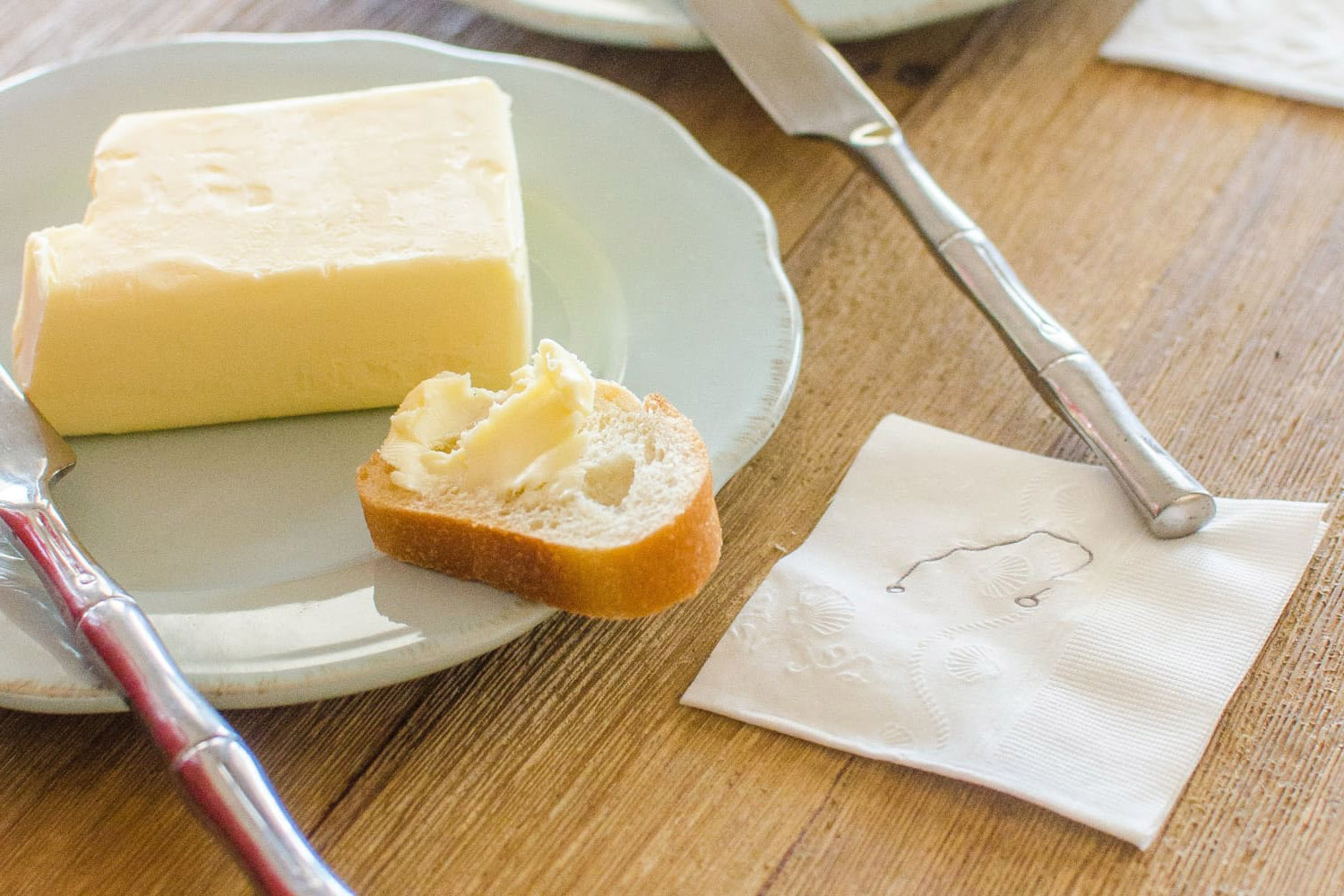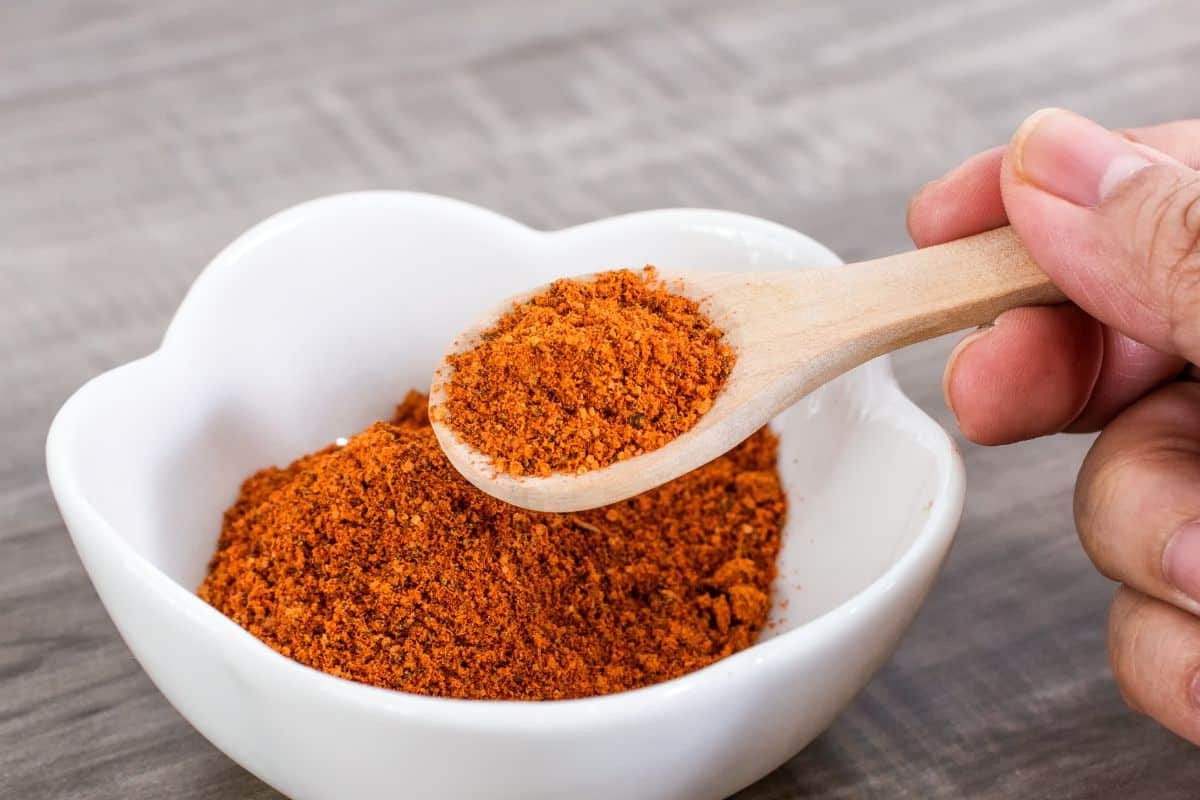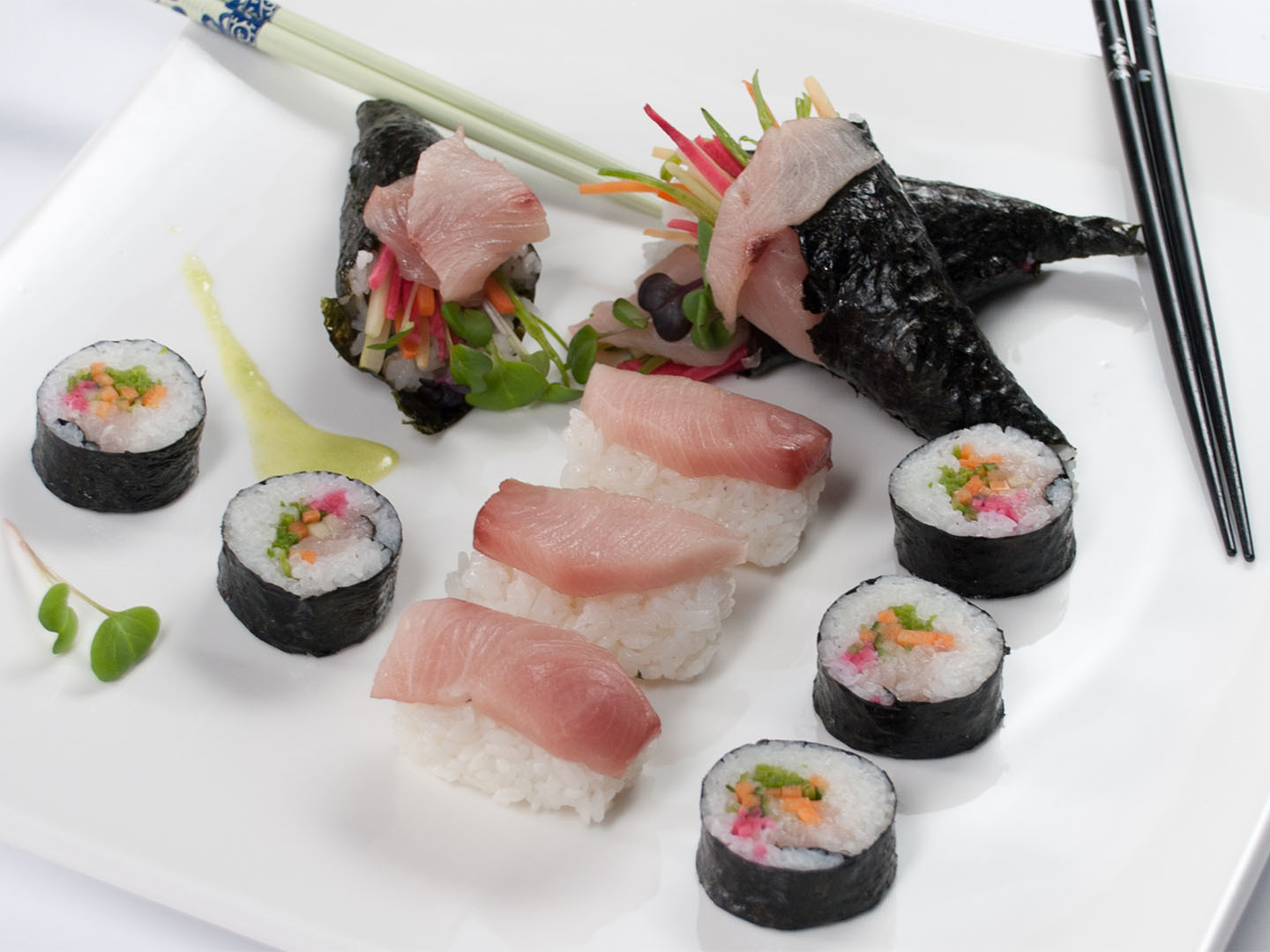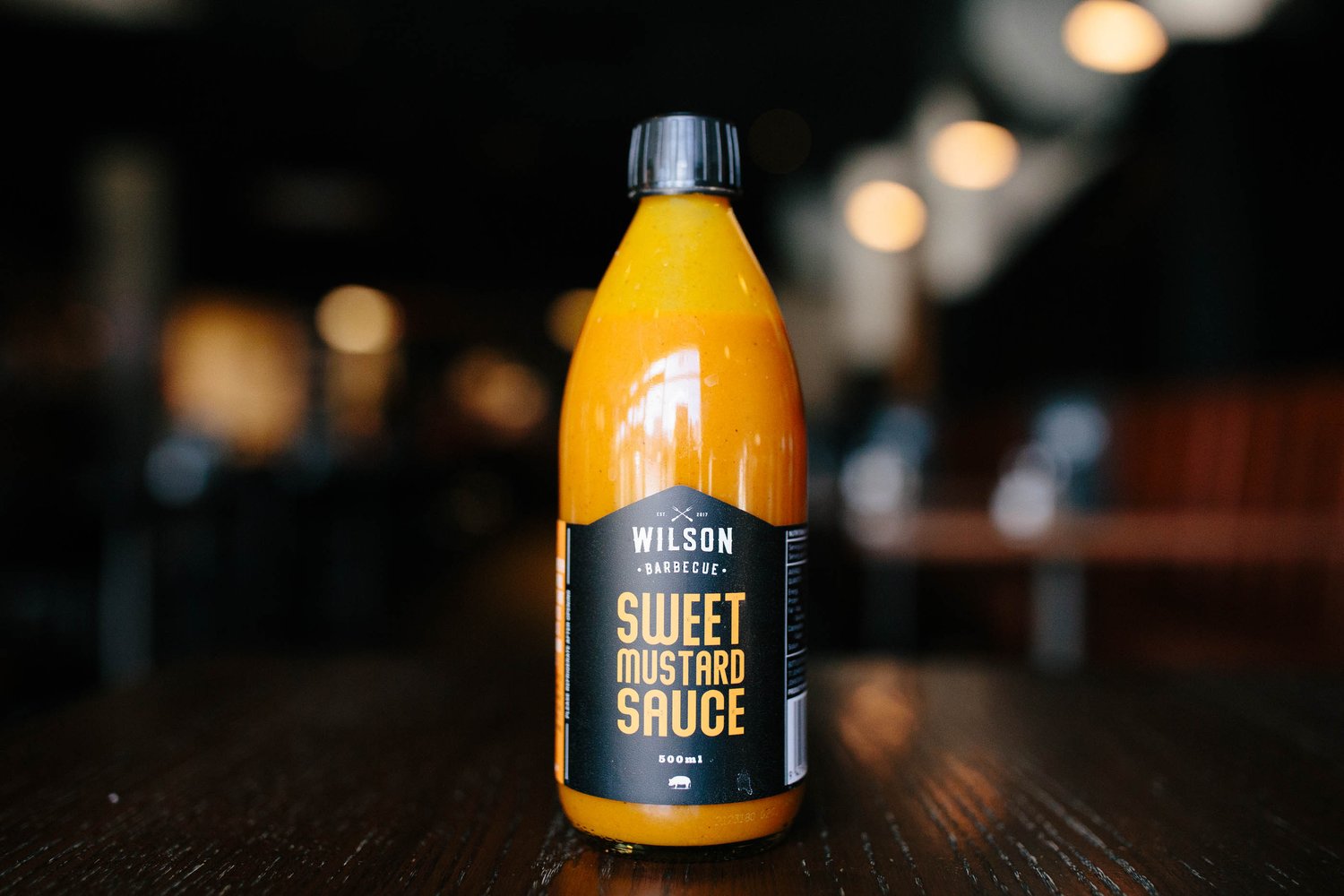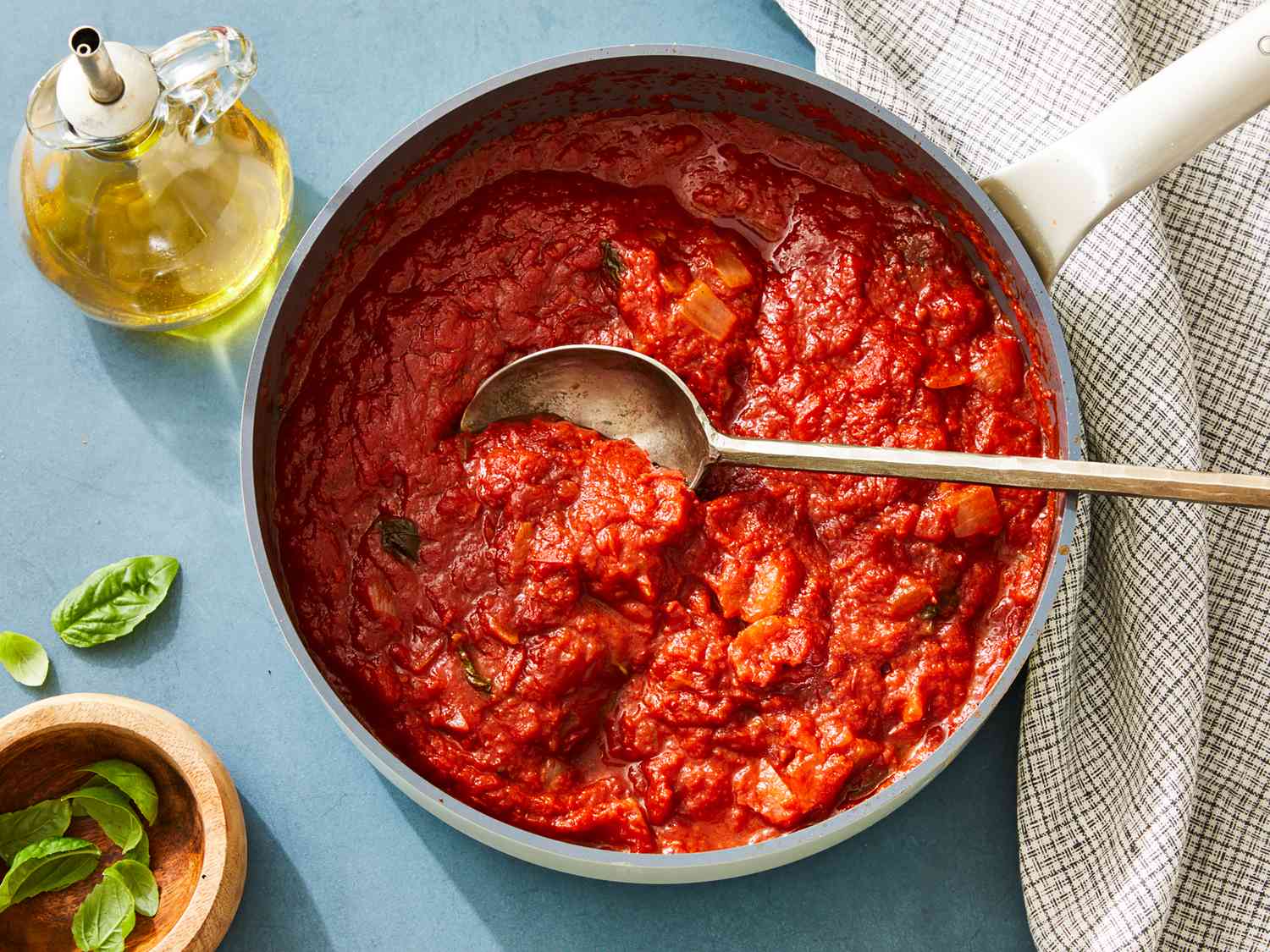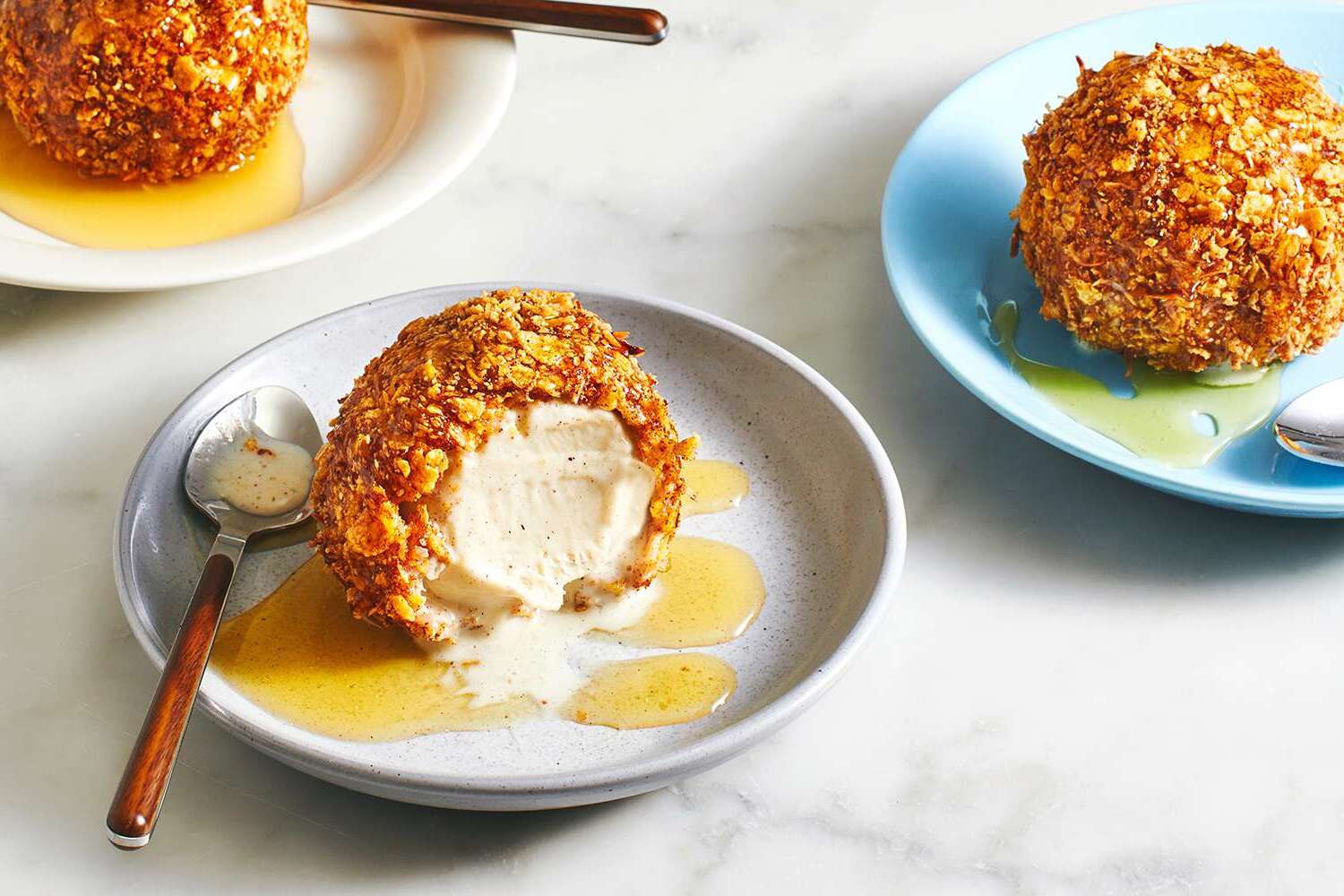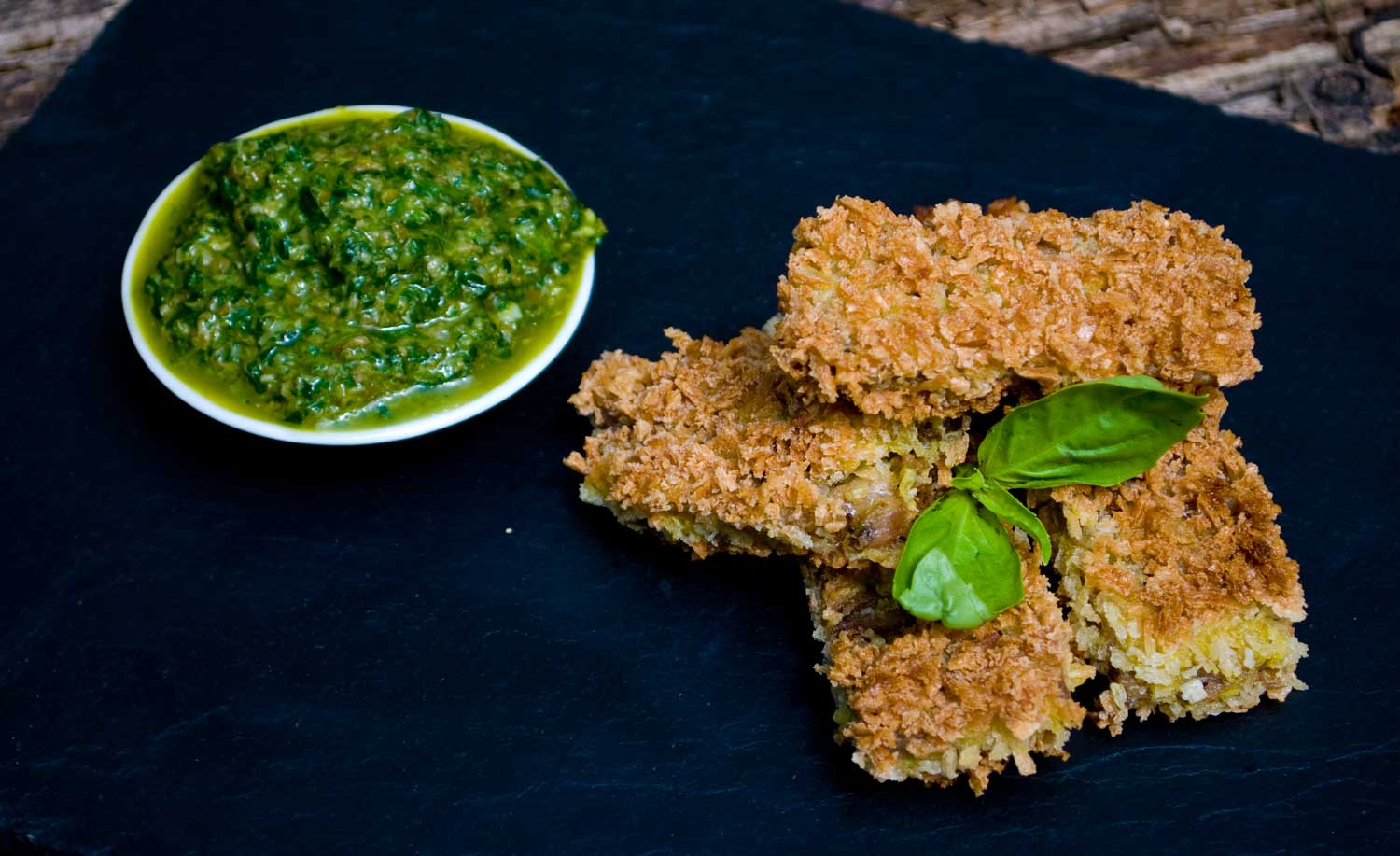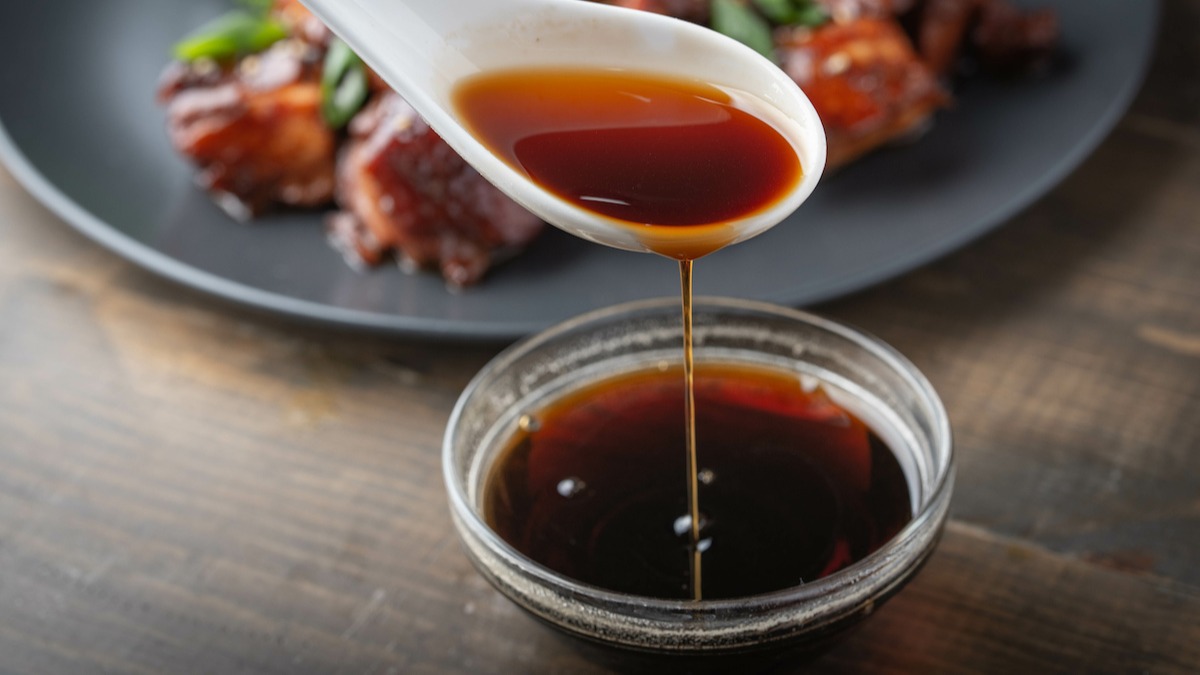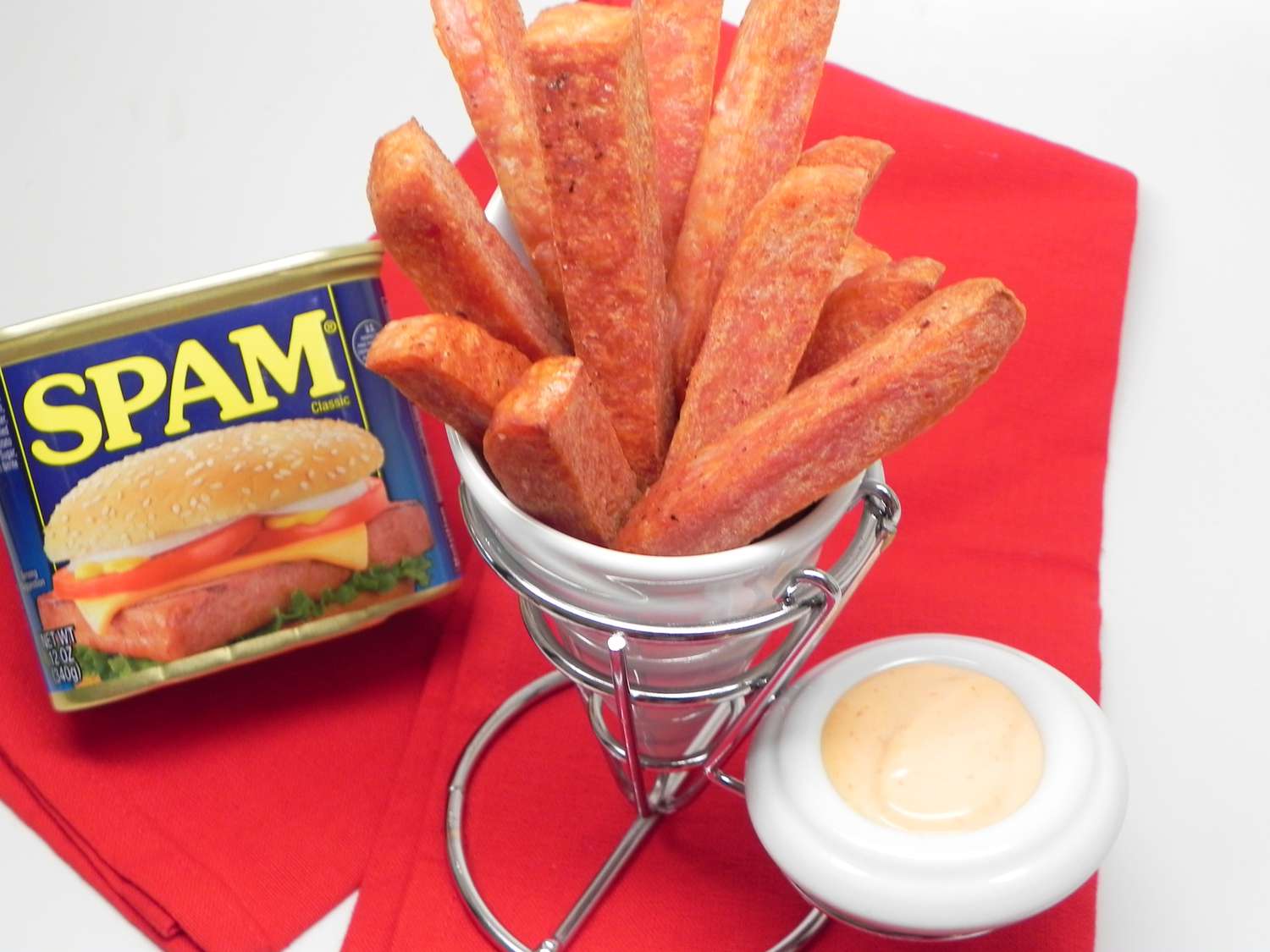When it comes to bread, there are many different types and variations to choose from. One type of bread that you may have heard of is unleavened bread. But what exactly is unleavened bread, and how does it differ from other types of bread? Let's explore the world of unleavened bread and learn more about its history, significance, and how it's made.
What is Unleavened Bread?
Unleavened bread is a type of bread that is made without the use of leavening agents such as yeast or baking powder. This means that it does not rise and become fluffy like traditional leavened bread. Instead, unleavened bread is flat and dense in texture.
History and Significance
Unleavened bread has a rich history and holds cultural and religious significance for many people around the world. In many cultures, unleavened bread has been a staple food for centuries. It is often associated with religious traditions and is used in various ceremonies and rituals.
In the Jewish faith, unleavened bread, known as matzo, is a central element of the Passover holiday. During this time, leavened bread is avoided to commemorate the Israelites' hasty departure from Egypt, which did not allow time for their bread to rise. Instead, they baked unleavened bread, which has since become a symbol of their freedom.
How is Unleavened Bread Made?
The process of making unleavened bread is relatively simple and requires only a few basic ingredients. The most common ingredients used to make unleavened bread include flour, water, and salt. These ingredients are mixed together to form a dough, which is then rolled out and flattened before being baked.
Varieties of Unleavened Bread
There are many different varieties of unleavened bread found in various cultures around the world. Some popular examples include:
- Matzo: A traditional Jewish unleavened bread eaten during Passover.
- Tortillas: A type of unleavened bread commonly found in Mexican cuisine.
- Roti: A type of unleavened bread popular in Indian and South Asian cuisine.
Uses of Unleavened Bread
Unleavened bread can be used in a variety of ways in cooking and meal preparation. It can be used as a base for wraps, sandwiches, and flatbreads. It is also commonly used in traditional dishes such as tacos, quesadillas, and chapatis.
Conclusion
In conclusion, unleavened bread is a unique and versatile type of bread that has been enjoyed by people around the world for centuries. Whether it's used in religious ceremonies, cultural traditions, or everyday cooking, unleavened bread holds a special place in the culinary world. Its simple ingredients and rich history make it a fascinating and important part of global cuisine.
Was this page helpful?
Read Next: What Is Tiger Butter?
